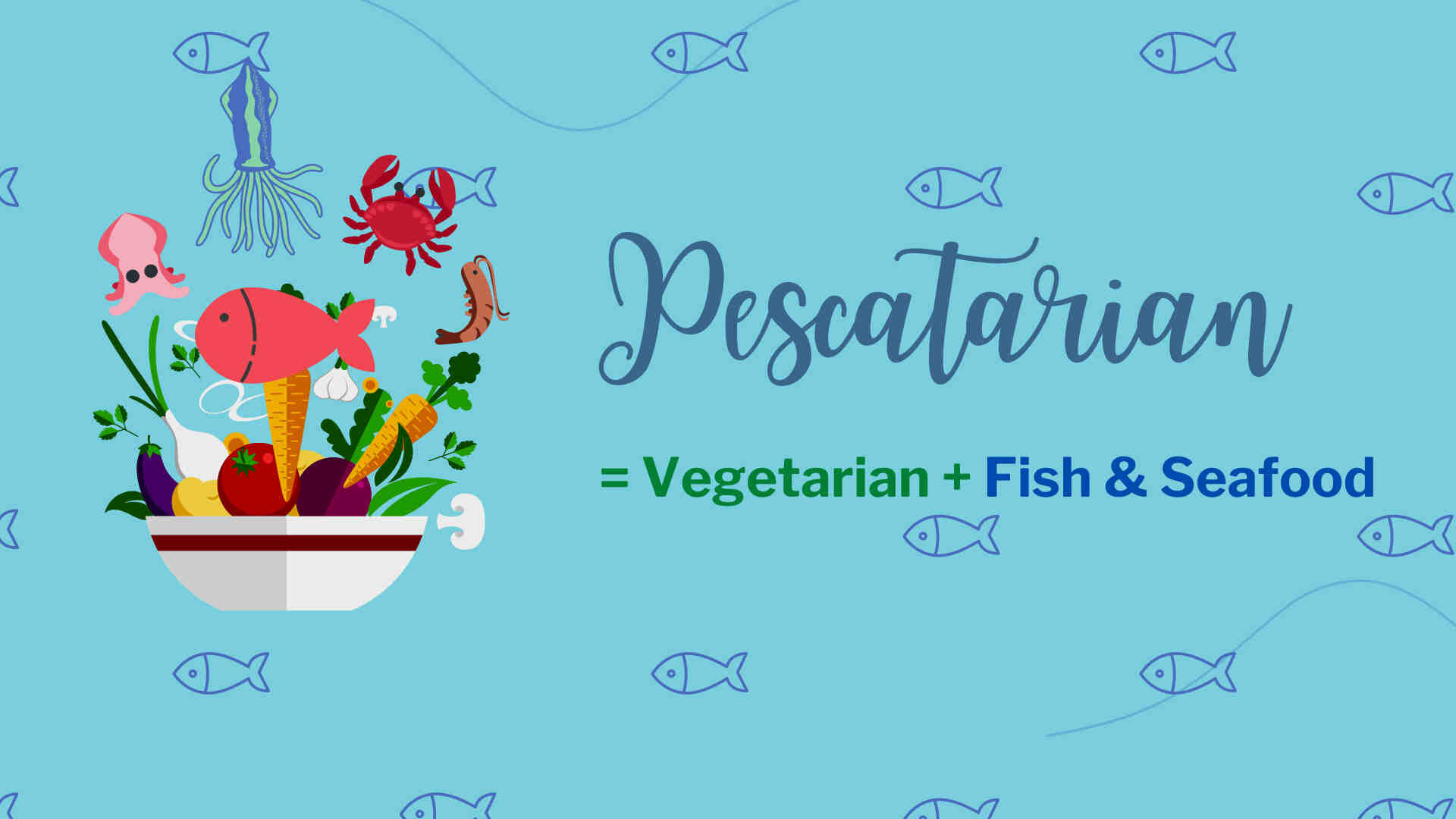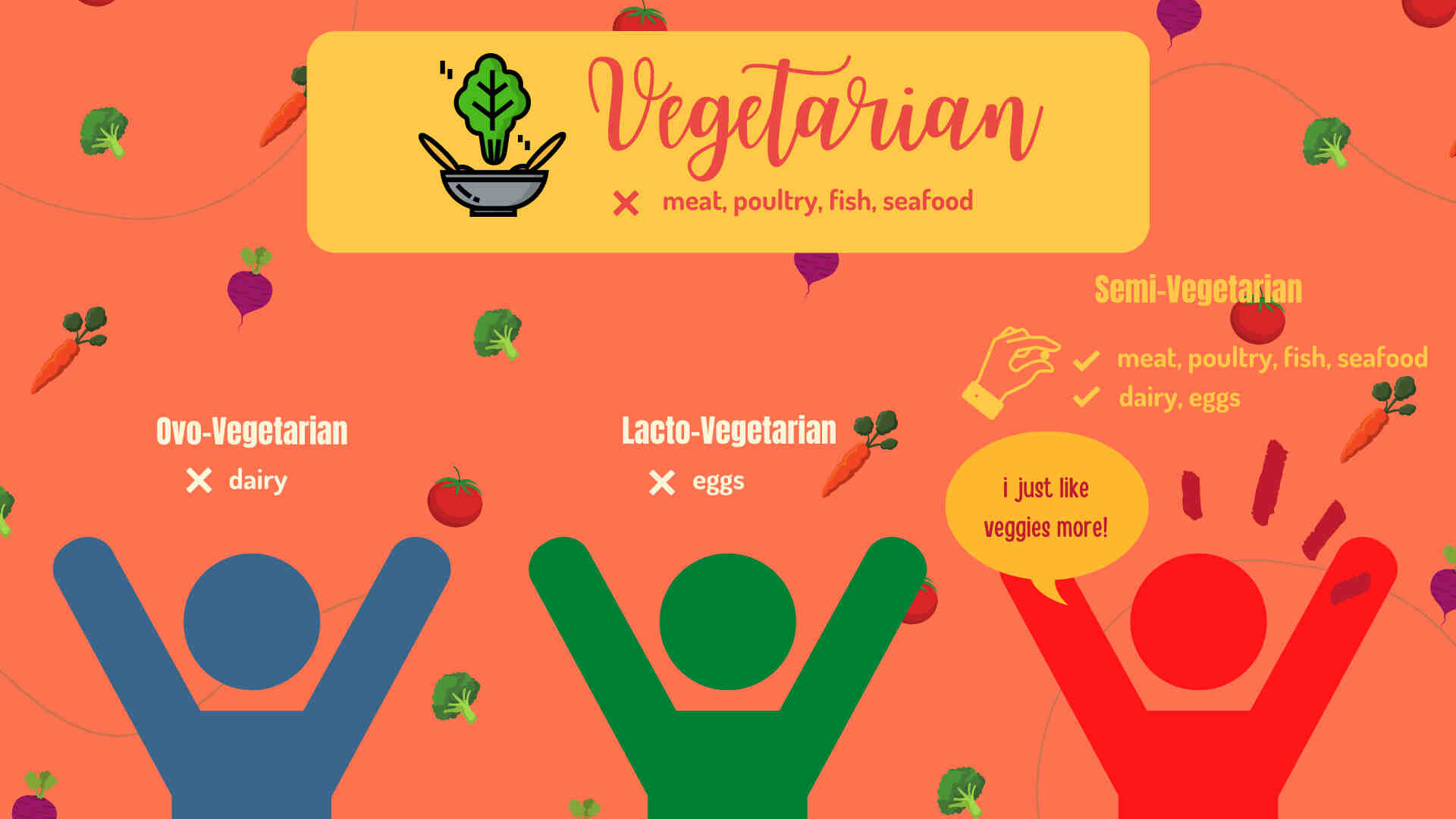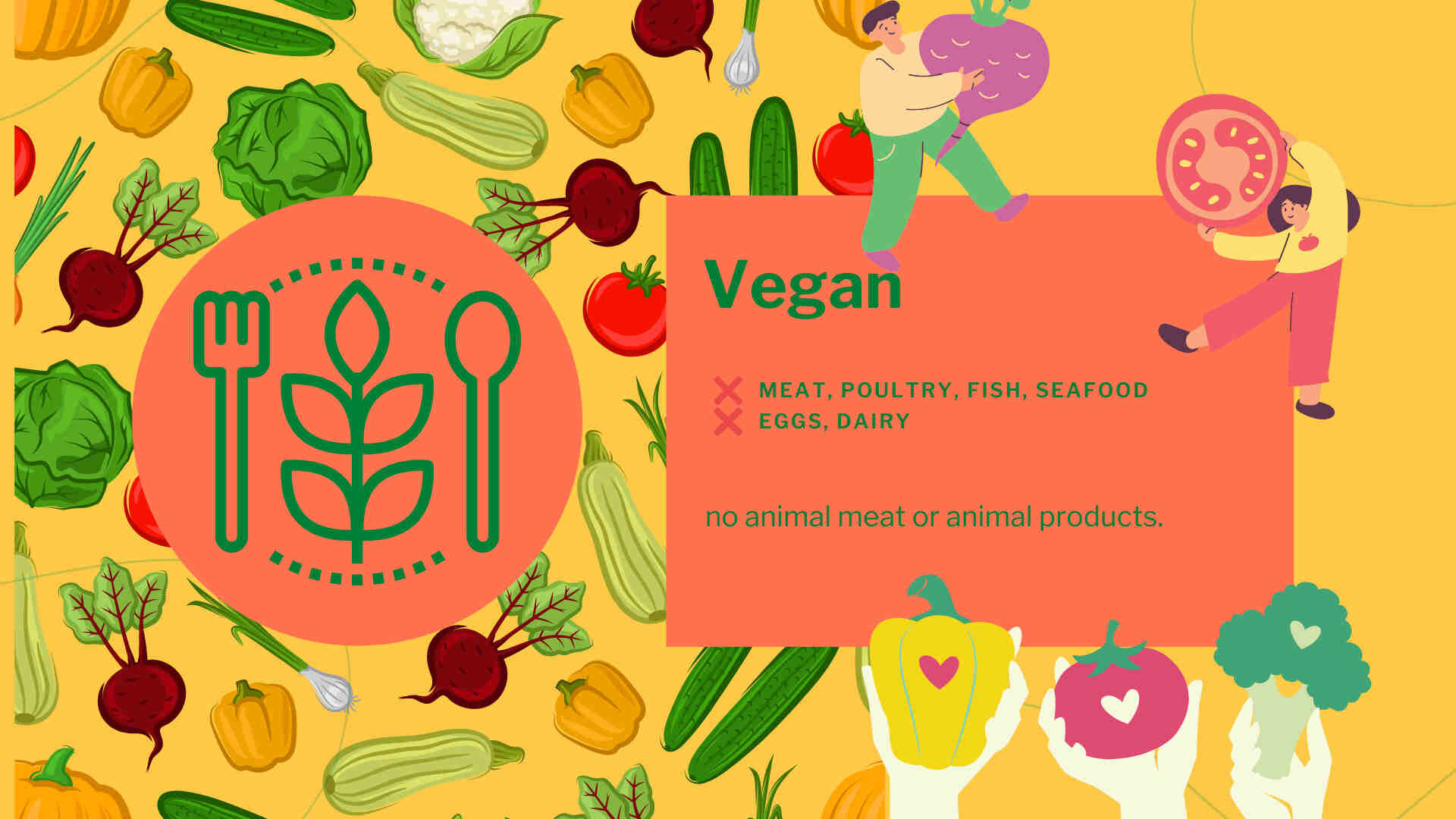Plant-Based Korean Food
Korean food has become famous for Korean BBQ with its over-indulgence of meat. This may lead some to believe the entire country has a serious obsession with meat. Well, they do. But not the entire population. There have always been those who led a vegetarian or pescatarian lifestyle by choice and now, there is a growing and curious number who are interested in veganism.
It is not a huge hardship to make Korean dishes vegetarian. Most dishes have vegetables in them already. It’s just a matter of omitting meat and adding more vegetables. Anchovy fish broth is very common, but kelp ( a type of seaweed) broth is used a lot as well. Soups and sauces are also made with DOENJANG (which is fermented soybeans) or soy sauce (liquid by-product of fermented soybeans).
Another key ingredient in Korean cooking, GOCHUGARU is dried and ground Korean chili peppers. GOCHUJANG as well is simply red chili pepper paste. Other than additives (sugar and flavour) and preservatives, there are no animal products in basic Korean pantry ingredients.
There are so many vegetables and edible plants to discover in the Korean market! In addition to white button mushrooms, there are different types of Oyster mushrooms, Enoki and Shiitake mushrooms readily available. These mushrooms have more chew and bite than you’d expect from mushrooms. Highly satisfying.
how Korean food can easily be adapted to different eating lifestyles
BIBIMBAP: Usually beef and veggies rice bowl with GOCHUJANG sauce.
BULGOGI: Sweet soy sauce marinated beef.
KIMCHI JJIGAE: Kimchi stew. Classically includes pork.
JEON: Savoury pancakes.



make it vegan!
BIBIMBAP: Omit any meat. Don’t add eggs. Keep all seasoned vegetables.
Eat as usual with GOCHUJANG sauce (Eyeball equal amounts GOCHUJANG and sugar. Add some garlic, drizzle sesame oil.)
BULGOGI: Would it surprise you to know this BULGOGI sauce tastes excellent with just vegetables? Mushrooms, potatoes, tofu taste wonderful with a 1:1 = soy sauce : sugar ratio. (The Secret is to add equal amounts soy sauce and sugar, finish with drizzle of sesame oil).
KIMCHI JJIGAE: Fill a pot with water. Add a spoonful of soy sauce per serving.
Then add the following in half the amount of the soy sauce: DOENJANG, GOCHUGARU, garlic and salted shrimp.
Salt to taste. Add kimchi only or other vegetables that’re looking sad in the fridge.
It will taste richer and get thicker if you add rice water (water that is cloudy from rinsing rice before cooking).
JEON: The most popular one contains only green onions so is already vegan. Add seafood and it’s good for pescatarians and sometimes-vegetarians.
Get some Korean Pancake box mix. Mix with cold water- make sure there are no lumps.
Julienne veggies you want to eat as a savoury pancake. Common are green onions/chives/onions/zucchini/carrots/chili peppers/kimchi.
There should be more vegetables than batter. As long as the vegetables are well coated, don’t add more. It’s better if it gets a little crispy.
Oil the pan. Press batter into pan and flatten. Lower heat to medium.
Leave it alone until you flip. You can press with the back of the flipper. It should get nice and golden. Flip and do the same.
Awesome with traditional Korean rice wine MAKKOLI. Or honestly just a cold one.
Another reason that contributes to the flexibility of Korean foods is that Korea has a long history of Buddhism. If you have a meat-free diet, you may be interested in temple food. They adhere to similar restrictions. There is no meat or seafood.
Koreans also have a popular history of foraging, and there are yearly treks to the forest to collect them. Plant eaters will be excited to know just how varied Korean BANCHAN (side dishes) can be in wild edibles- they can also be put into JUNGOL (hot pot), soups (GUK) and stews (JJIGAE) to add a delicious spicy zing or hint of bitterness.
Read Bring Spring to the Table with Bom Namul (Korean Herald).
With more people interested in meat-free options, companies and even the Korean government are taking note. (read The Diplomat’s article here)
GS Retail (known for their GS25 convenience stores) has rolled out Vegan TTEOKBOKKI, ensuring meat-free processing methods.
Although perhaps this is less innovative than it seems. Technically, there is no meat in TTEOKBOKKI and is already enjoyed by vegetarians. Maybe they mean they don’t process it in the same factory that processes meat? Who knows.



